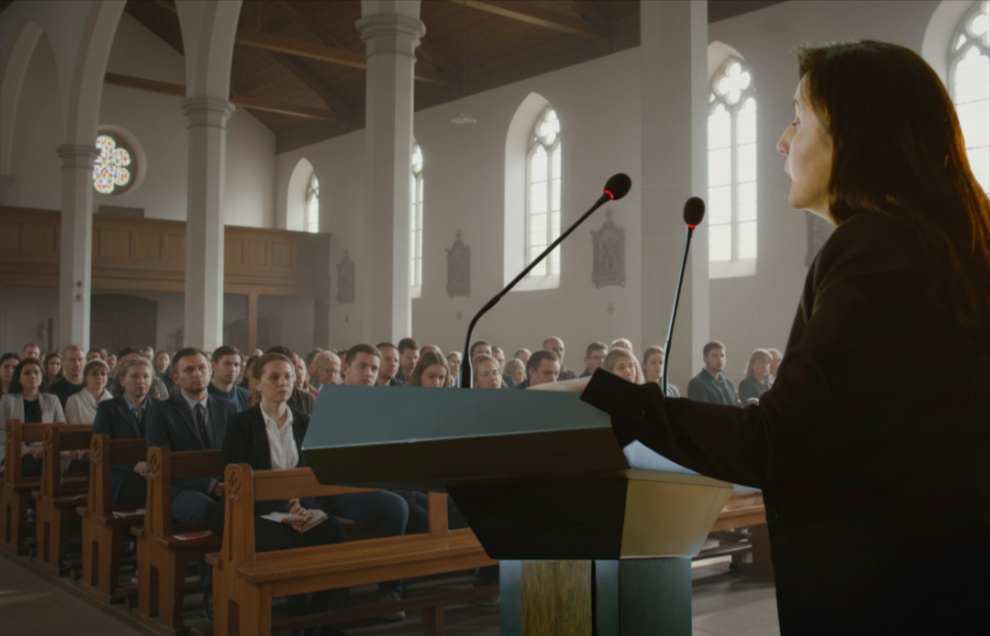What to do if a Loved One Dies at Home

Navigating an At-Home Loss
When a loved one dies at home, families face unique challenges compared to hospital or care facility deaths. Whether expected under hospice care or sudden and unexpected, knowing the right steps can ease confusion during an emotionally overwhelming time.
Immediate Actions and Legal Requirements
For expected deaths, contact the hospice nurse or attending physician; they will pronounce death and guide next steps. For unexpected deaths, call 911-emergency responders and law enforcement will confirm death and involve the medical examiner if needed. After pronouncement, families can spend time with their loved one before arranging transport to a funeral home. Key tasks include securing vital documents, authorizing burial or cremation, and obtaining death certificates and disposition permits. Funeral directors assist with these processes and help plan services.
Supporting Grief and Managing Practical Matters
Beyond logistics, families must handle personal belongings, cancel subscriptions, and settle financial affairs. Emotional care is equally vital-grief support groups, counseling, and community resources provide comfort. Children need honest, age-appropriate explanations, while traumatic deaths require specialized assistance. Ultimately, taking time for self-care and leaning on professional and personal support helps families navigate both the practical and emotional dimensions of loss.
Read the full 18-page article. FREE Download for your convenience.
Click the button below.




